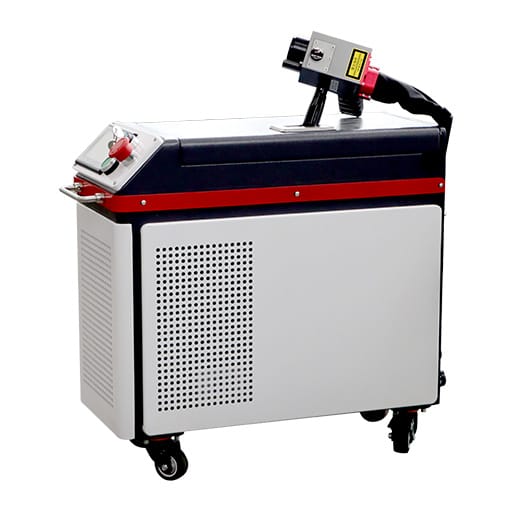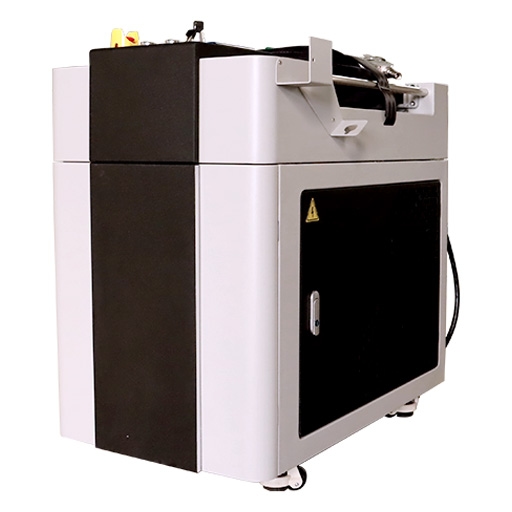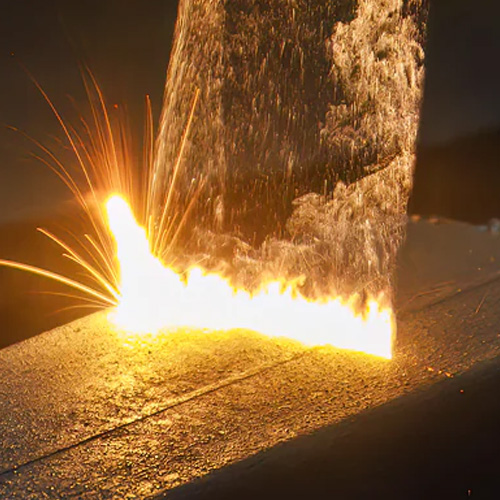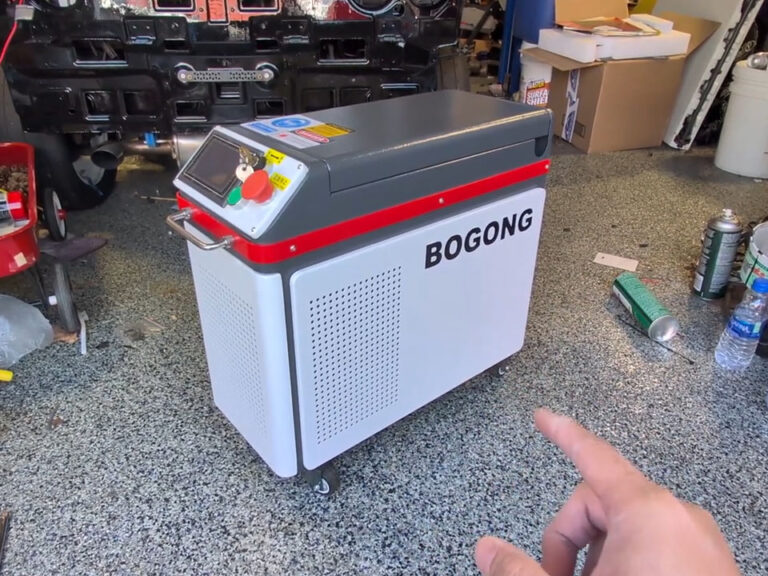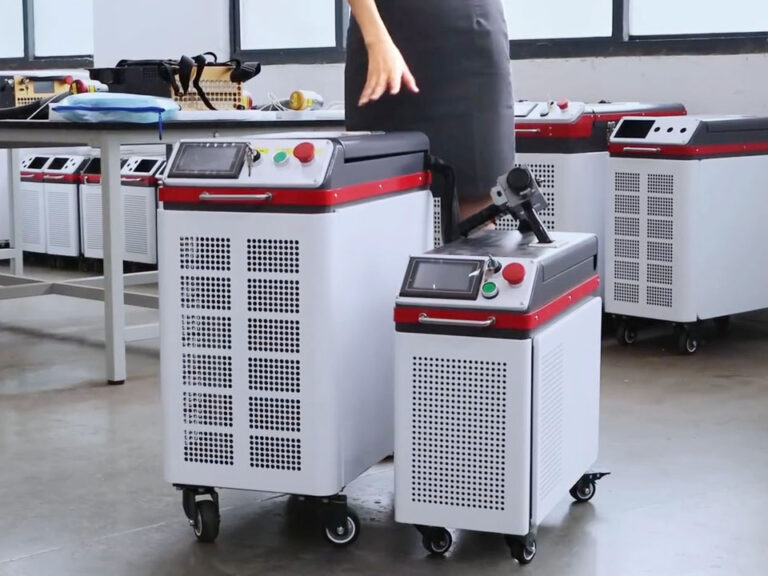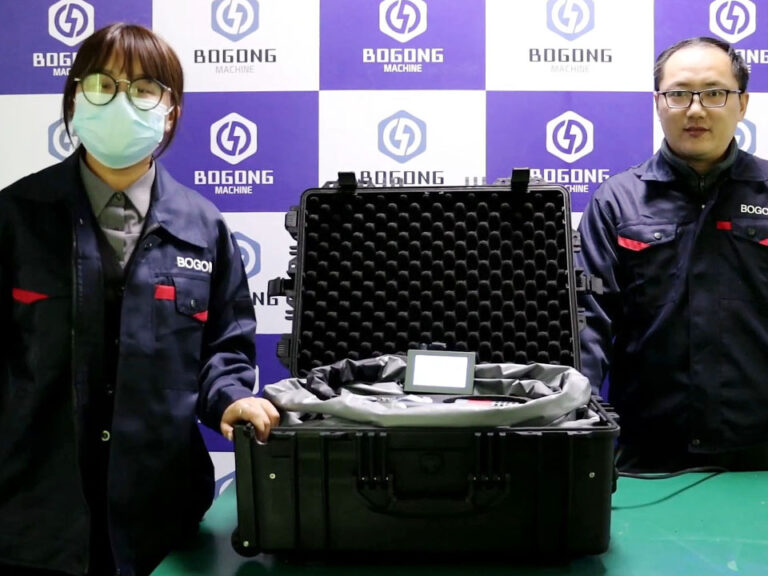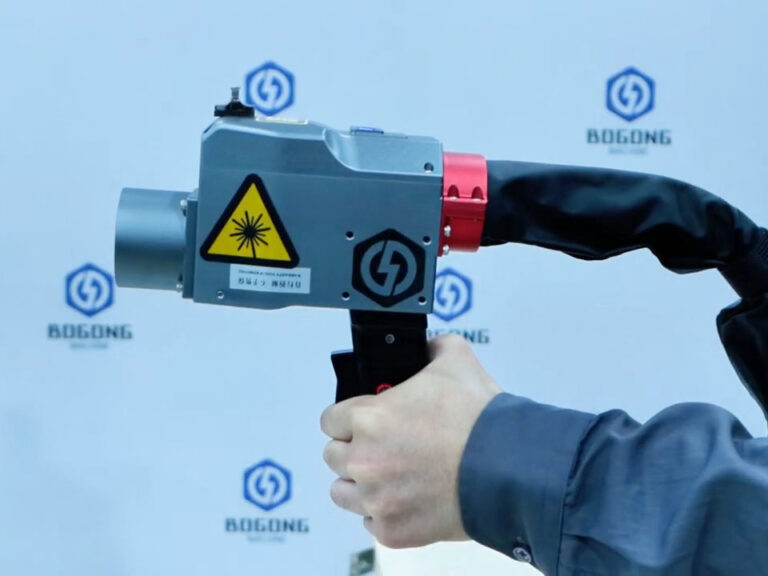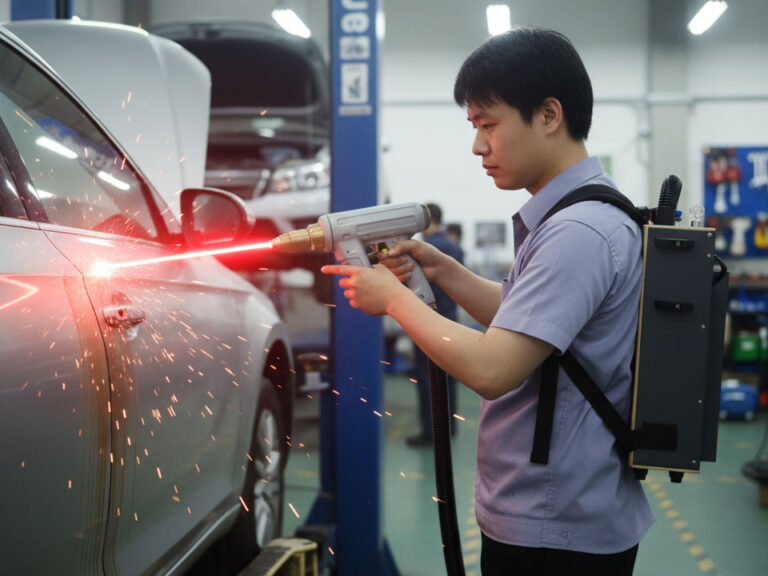-
+86 156 6587 0861
-
Shunhua Road, Jinan City, Shandong
How Much Does a Laser Cleaning Machine Cost
“When I first asked vendors, one quoted me $4,000; another quoted six figures. I thought one of them made a typo — neither did.” That mismatch in pricing is real. Laser cleaning machines span a huge spectrum. The trick is knowing why the costs vary, and which machine matches your reality — so you don’t overpay or underdeliver.
In this article I’ll walk you through the real cost ranges (with real market data), explain the hidden cost drivers, help you see where many buyers get burned, and arm you to build a credible budget — not a wild guess.
Table of Contents
Quick Reality Check: Price Ranges You’ll See in the Wild
Let’s start from real numbers — not sales hype — so you know what “normal” looks like.
- Entry or light-duty laser cleaners (low wattage, small scale, handheld) often start in the USD $5,000 to $10,000 range. ([UMW][1])
- Medium industrial units (hundreds to low-thousands of watts, with better cooling, optics, controls) commonly sit in $10,000 to $50,000+ territory. ([Lasers Only][2])
- High-end, heavy-duty, custom, robotic or large throughput systems may cross six figures — especially once ancillary systems (cooling, safety enclosures, automation) are included.
- Some published manufacturer ranges: lists protections: 100W–3000W systems ranging anywhere from ~$3,868 to over $150,000 depending on configuration. lists an automated laser cleaning robot workstation starting ~$32,800. • On Alibaba, handheld fiber laser cleaning machines in 1,000W–3,000W classes are often priced between $3,400 – $6,980 USD in simple configurations. ([Alibaba][5]) • For rust removal lasers: 1000W models quoted in the $3,800–$3,900 range, 1500W in ~$4,610–$4,739, 2000W in ~$6,583–$6,729 in supplier listings.
So yes — the real world is wide. A “laser cleaning machine” can cost what a small car costs, or what a major industrial cell costs.
Why Prices Vary So Widely — The Hidden Cost Drivers
If you understand these cost levers, you’ll spot why one quote might be $10k and another $150k — and which of those is reasonable (or foolish) for your needs.
1. Laser Power, Energy & Beam Quality
- Higher wattage or peak energy means costlier laser sources, more robust cooling, and more stringent optics.
- Beam quality (how clean, stable, focused the beam is) affects cleaning precision and thus cost. A “good beam” costs more — not just in the laser, but in optics, mounts, and calibration.
2. Cooling System & Thermal Management
- Air cooling is simpler and cheaper, but capacity is limited.
- Water or hybrid cooling adds pumps, chillers, plumbing, leak management, control systems — that drives cost and complexity.
3. Optics, Protective Windows & Beam Path
- Mirrors, lenses, protective windows, beam shaping optics — these are expensive, delicate, and wear over time.
- The longer or more complex your beam path (mirrors, fiber delivery, scanning galvos), the more parts, alignment, and cost accumulate.
4. Control Systems, Software & Automation
- Simple manual units are cheaper.
- Add feedback systems, diagnostics, presets, automation, robotics, safety interlocks — costs jump fast.
5. Safety, Enclosures & Compliance
- Sophisticated laser (Class 4) requires enclosures, interlocks, safety shielding, beam stops, sensors, operator training — all of which add to the bill.
6. Mechanical Structure, Motion & Mounting
- Rigid frames, gantries, precise motion axes, accuracy tolerance — structural engineering matters.
- If you mount on robots or heavy-duty fixtures, cost adds.
7. Customization, Integration & Engineering Effort
- Off-the-shelf systems are cheaper.
- If you require custom geometry, automation, integration into your line, remote control, specialized optics — those are engineering hours that you pay for.
8. After-sales, Service, Warranty & Support
- Optics replacement, spare parts, calibration services, long warranties — vendors who offer robust support will charge more.
- Also shipping, import duties, installation, training all factor into “real cost.”
How to Estimate What You Should Pay — A Step-by-Step Approach
Here’s how I’d build a credible cost estimate — not guessing, but triangulating:
- Start with your specs. Define the minimum power, beam quality, cleaning speed, size, automation level you need.
- Get reference quotes. Use published supplier data (like the ones above) to get a baseline. If someone quotes $150k for your spec and another $30k, you know you need to dig into what’s added (cooling, automation, safety, optics).
- Add margin for real-world conditions. Add 20–40 % of margin over baseline (for ambient extremes, optics drift, safety overhead).
- Include soft costs. Logistics, installation, training, warranty, calibration, spare parts, service visits — typically add 10–25 % or more to the hardware price.
- Evaluate lifecycle & TCO. A cheaper unit that fails optics or drifts will cost you more in downtime, rework, and replacement. Sometimes paying more upfront yields lower total cost of ownership.
- Break down into modules. Laser head + optics + cooling + control + enclosure + safety = your “sum-of-parts” sanity check. If a quote lumps all in, ask for the component breakdown.
Following this gives you a defensible budget, not a wild guess.
Examples in Decision Context (Real Scenarios)
Let me put you in real shoes:
Scenario A: Tool Shop / Mold Cleaning Use Case You need to clean molds occasionally, not full shift, moderate power. A handheld unit in the $8,000–$25,000 range (with decent optics, cooling, warranty) may suffice. Go higher only if you want greater throughput or automation.
Scenario B: Production Cell / High Throughput Use Case You want a built-in laser cleaning robot or cell integrated into your line. You’ll need higher power, stable cooling, advanced control, safety enclosure — costs easily escalate to $100,000+. The quote might look “too expensive” until you consider the hidden overhead packages.
How to Spot Overpricing — Red Flags & Questions to Ask
- A vendor quotes “all power, optics, automation included” without breakdown — ask line-item.
- The quote is high but lacks cooling, safety, or mounting included — you’ll have to pay later.
- No options for optics replacement, calibration service, or spare modules (those usually cost more later).
- Low bid with weak cooling or cheap optics — the system may fail early or drift.
- Vendors refusing real-part trials or testing under your worst-case specs — that suggests risk.
Final Thoughts: It Depends — But Know the Real Drivers
Yes — laser cleaning machines can cost a few thousand dollars, tens of thousands, or even six figures — depending on power, quality, cooling, optics, automation, and support. But more useful than memorizing ranges is knowing why those costs exist, so you can distinguish a fair quote from a trap.

